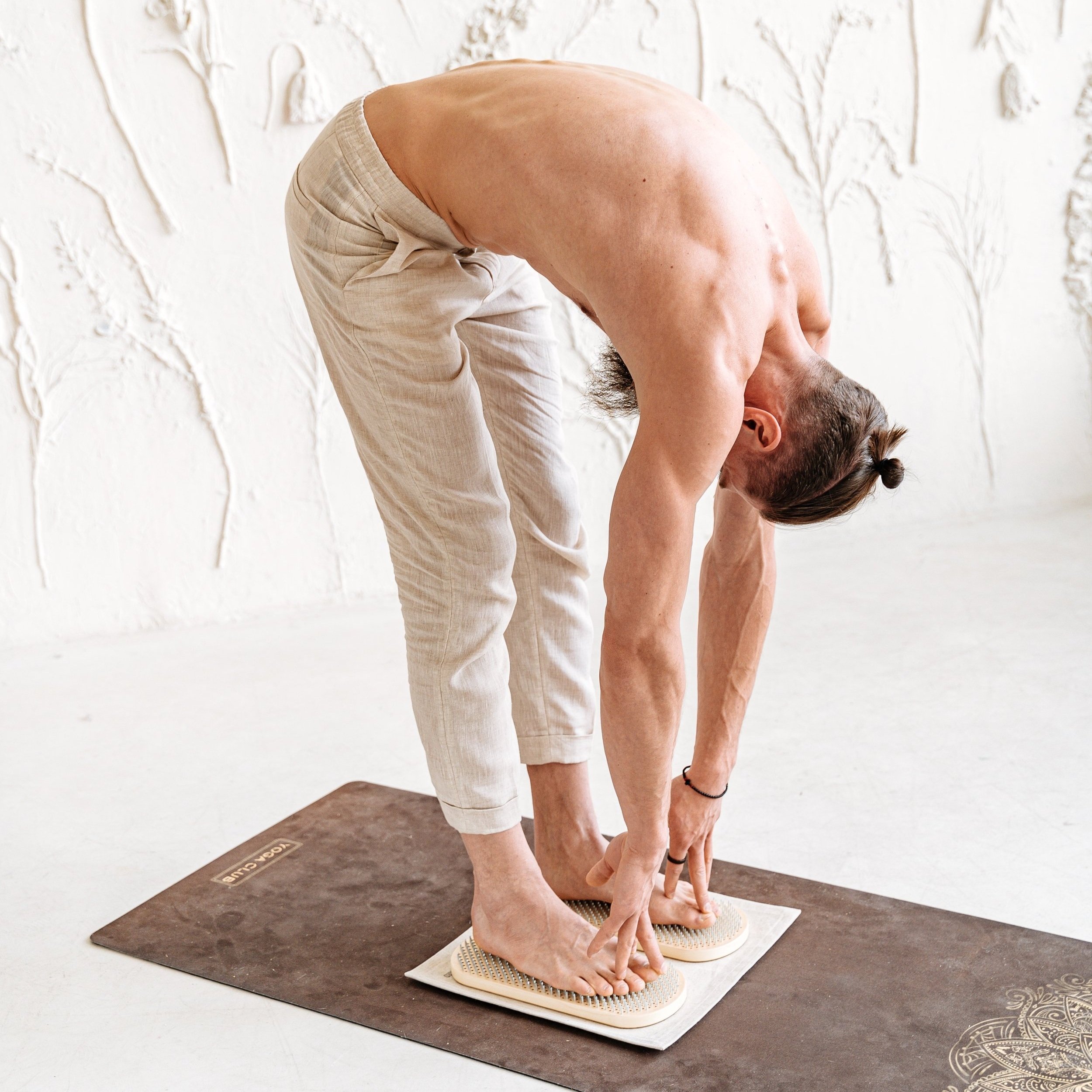Effective Sciatica Stretches You can do at home
Sciatica is a condition characterized by pain radiating along the path of the sciatic nerve, which extends from the lower back through the hips and buttocks and down each leg. This discomfort can range from a mild ache to sharp, burning sensations, often accompanied by numbness or tingling. While consulting a chiropractor can provide significant relief, there are several effective stretches and exercises you can perform at home to alleviate sciatica pain and prevent future flare-ups.
Understanding Sciatica
Sciatica typically arises when the sciatic nerve is compressed, which can result from:
Herniated Discs:
When a disc in the spine protrudes outward, it can press against the sciatic nerve.Spinal Stenosis:
Narrowing of the spinal canal can lead to nerve compression.Piriformis Syndrome:
The piriformis muscle, located deep in the buttocks, can irritate the sciatic nerve if it spasms or becomes tight.Injury or Trauma:
Direct injury to the lower back or buttocks can impact the sciatic nerve.
Identifying the root cause of your sciatica is extremely important, as it informs the most effective treatment approach.
At-Home Stretches for Sciatica Relief
Consistency will be your lifesaver. Incorporating specific stretches that target your sciatic area into your daily routine can help alleviate pain by reducing muscle tension, enhancing flexibility, and aiding in proper spinal alignment. Here are several stretches to consider:
Seated Glute Stretch
This stretch targets the gluteal muscles and piriformis, which can contribute to sciatic nerve compression.
How to Perform:
Sit on the floor or a chair with your legs extended straight in front of you.
Bend your right knee and place your right ankle over your left knee.
Gently lean forward, keeping your back straight, until you feel a stretch in your right glute.
Hold for 15-30 seconds, then switch sides.
Sitting Spinal Stretch
This stretch helps create space in the spine, relieving pressure on the sciatic nerve.
How to Perform:
Sit on the ground with your legs extended straight out and your feet flexed upward.
Bend your right knee and place your foot flat on the floor on the outside of your left knee.
Place your left elbow on the outside of your right knee to help you gently turn your body toward the right.
Hold for 30 seconds, then switch sides.
Knee-to-Chest Stretch
This stretch elongates the lower back and gluteal muscles, reducing tension along the sciatic nerve.
How to Perform:
Lie on your back with your legs extended.
Slowly bring one knee toward your chest and grasp it with your hands (behind or on top of the knee).
Pull on the knee gently until you feel a mild stretch in your lower spine and hip.
Hold for 5 to 30 seconds, then lower slowly.
Repeat on the other side.
Pigeon Pose
A popular yoga pose, Pigeon Pose targets the piriformis muscle, helping to relieve sciatic nerve compression.
How to Perform:
Begin on all fours.
Bring your right knee forward and place it behind your right wrist, with your right ankle in front of your left hip.
Extend your left leg straight behind you, keeping your hips square.
Lower your upper body over your right leg, supporting yourself with your arms.
Hold for 30 seconds, then switch sides.
Child's Pose
This gentle yoga pose stretches the lower back and hips, promoting relaxation and flexibility.
How to Perform:
Kneel on the floor with your big toes touching and knees hip-width apart.
Sit back on your heels and extend your arms forward, lowering your torso between your thighs.
Hold for 30 seconds to a minute, breathing deeply.
Cobra Pose
This stretch helps to open up the lower back, reducing pressure on the sciatic nerve.
How to Perform:
Lie on your stomach with your legs extended and your palms placed under your shoulders.
Press into your hands to lift your chest off the floor, keeping your elbows slightly bent.
Hold for 30 seconds, then lower back down.
Standing Hamstring Stretch
Tight hamstrings can exacerbate sciatica pain; this stretch helps to loosen them.
How to Perform:
Stand upright and place your right foot on an elevated surface (like a chair or step) with your leg straight and toes pointing upward.
Keep your back straight and lean forward slightly over your right leg until you feel a stretch along the back of your thigh.
Hold for 15-30 seconds, then switch sides.
Additional Tips for Managing Sciatica at Home
Stay Active:
While it might be tempting to rest completely, gentle movement can help reduce inflammation and pain. Activities like walking or swimming can be beneficial.Apply Heat or Cold:
Using a heating pad or ice pack on the affected area can provide temporary relief. Apply heat or cold for 15-20 minutes every few hours as needed.Maintain Good Posture:
Ensure that your workstation is ergonomically friendly. Sitting for prolonged periods can worsen sciatica symptoms, so take regular breaks to stand and stretch.Strengthen Core Muscles:
A strong core provides better support for your spine. Incorporate exercises that target the abdominal and back muscles to improve core strength.Mind Your Body Mechanics:
When lifting objects, bend at the knees and keep your back straight to avoid straining the lower back.
When to Seek Professional Help
While these at-home stretches and tips can provide relief, it's essential to consult with a healthcare professional if:
Your pain persists for more than a few weeks.
You experience sudden, severe pain in the lower back or leg.
The pain is accompanied by muscle weakness or numbness.
You have difficulty controlling your bladder or bowels.
A chiropractor or physical therapist can offer personalized treatment plans and guide you through exercises tailored to your specific needs.
With these stretches and following a comprehensive care plan from your chiropractor, in time you are bound to see improvemnt in your sciatic health. If you are in the Los Angles area, contact us at In8love Wellness to schedule an appointment to get you on the right track today.
